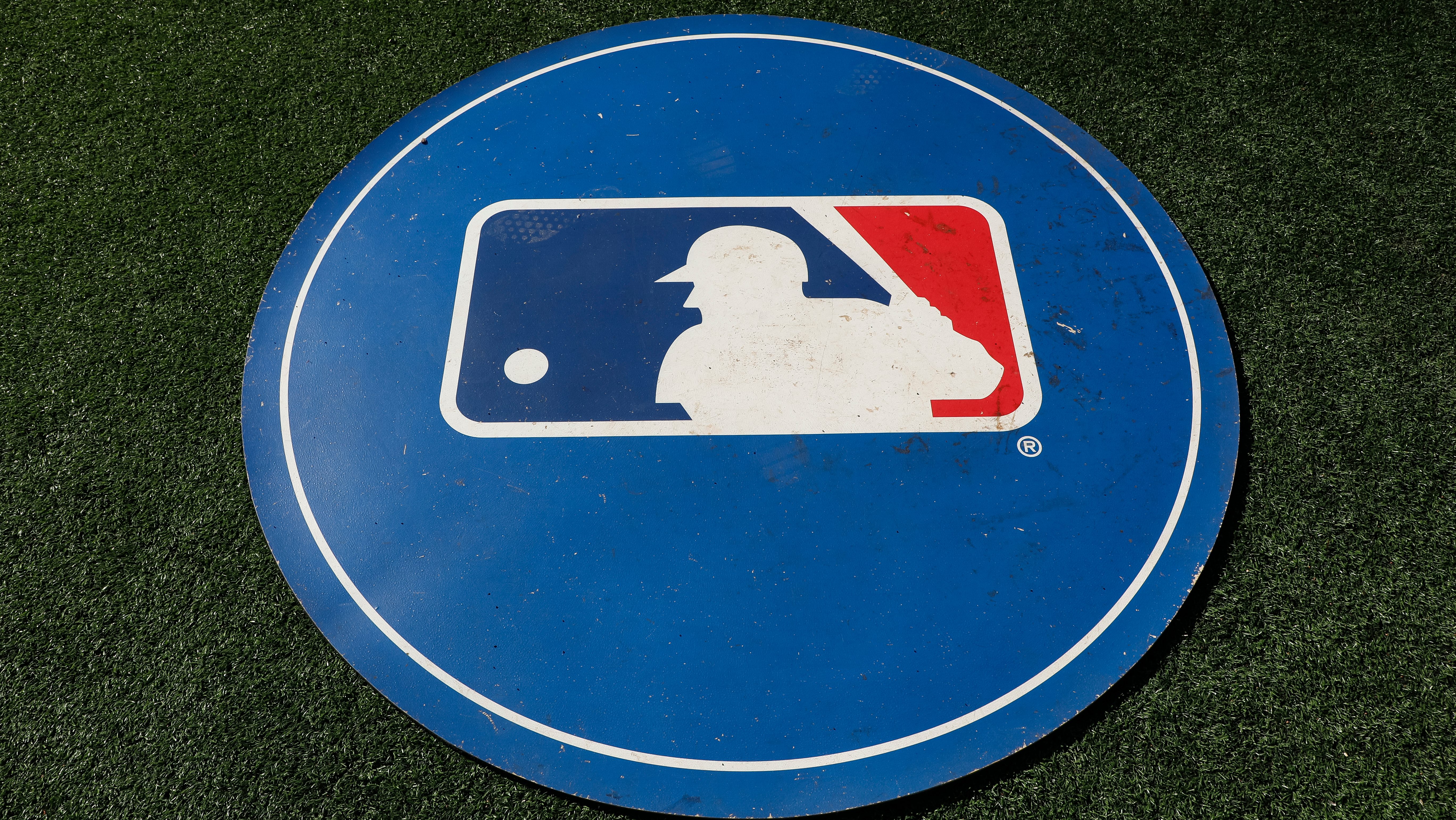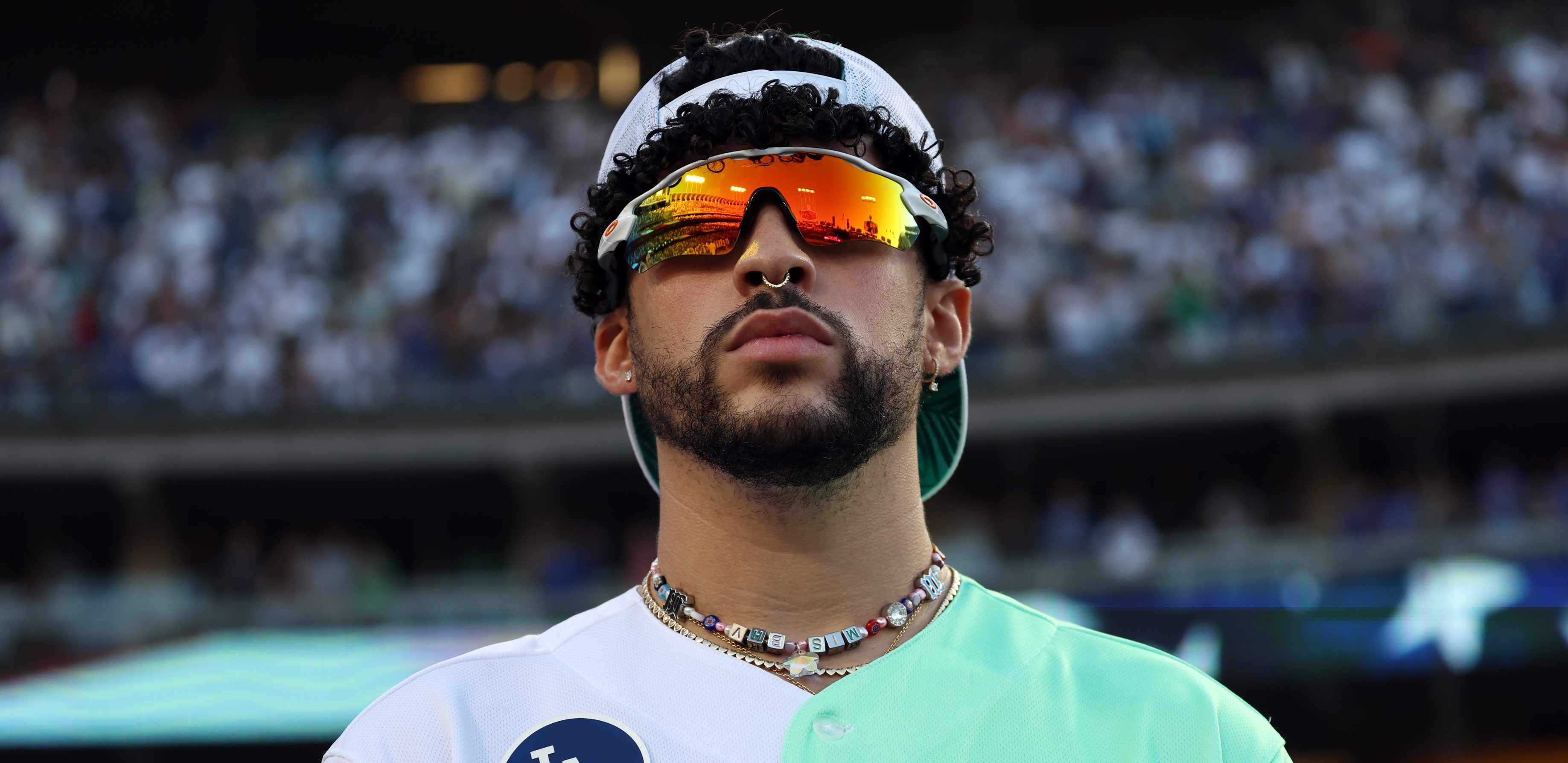
Our week-long series concludes today with a look at what would make for a successful season for each of the Phillies' top prospects — of which there are now many.
This doesn't include every single one of them, but focuses instead on the young players who were invited to big-league camp.
It would be a successful season if ...
J.P. Crawford, SS
Why not start with the shortstop who's topped the list of most exciting Phillies prospects pretty much from the time he was drafted in 2013?
Crawford, like many of the names you'll see below, spent time in his first big-league camp this month. He made a few errors, but overall he impressed the Phillies' coaching staff, including former shortstop Larry Bowa.
Crawford is not far away from the major leagues. He's been significantly younger than his competition at each minor-league stop and has maintained solid batting averages while walking nearly as much as he's struck out.
Defensively, Crawford is flashy, and there are no concerns about his ability to stay at shortstop long term. However, he does need to clean up on the errors on routine plays. It's just a matter of being locked in at all times and attacking a routine play the way he would a ball in the hole. That's really a growth process for any young infielder. A shortstop in particular has so many defensive chances in a season that even those most skilled with the glove will make miscues. But 27 errors, like Crawford committed last season splitting time at Clearwater and Reading, were way too many.
MLB
For it to be a successful 2016 for Crawford, he needs to cut that number in half. Offensively, he just needs to keep doing what he's doing. In 86 games at Double A last season, Crawford hit .265/.354/.407 with 49 walks and 45 strikeouts. To this point he's been mostly a singles hitter, but there's a chance that some gap power develops with time.
Will Crawford make it to the majors in 2016? Hard to say. There's no reason to rush him unless he forces his way up based on offense on defense. He just turned 21 in January. The Phillies would also have to be confident that a Crawford-Cesar Hernandez or Crawford-Freddy Galvis tandem would be more productive than just using Galvis and Hernandez, because they won't bring Crawford up and start the clock on his service time unless he's getting regular playing time.
Phillies fans want to start seeing all the top young guys as soon as possible and it's understandable, but there's no downside to exhibiting patience with Crawford this season and perhaps giving him a chance to win the starting shortstop job next year in spring training.
Nick Williams, OF
I said last week on Phillies Focus that I think Williams will be the first top prospect called up by the Phils, mainly because of their scarcity of outfielders who can hit. The long-term wrist injury to Aaron Altherr hurts the lineup, and Odubel Herrera's middle finger injury could result in even less production from the outfielders in the early part of the season.
If the Phillies' 2016 outfield is comprised of Herrera, Peter Bourjos and Tyler Goeddel/Cody Asche, they'd be lucky to conjure more than 30 home runs combined out of that group. It's just not nearly enough power or offensive punch. Williams has that.
The determining factor, obviously, will be the start Williams gets off to at Triple A Lehigh Valley. He was awesome last season after coming over from Texas in the Cole Hamels trade, hitting .320 with an .876 OPS in 100 plate appearances at Double A Reading.
Williams has rare bat speed, outfield range and a strong arm. The tools are there. The main goal for 2016 is to be more disciplined at the plate. He walked just three times in those 100 PAs at Reading. Earlier this spring, Williams said improving his plate discipline doesn't necessarily mean taking more walks, just hacking less and doing a better job finding his best pitch to hit.
The realistic best-case scenario for Williams is a bit different than it is for someone like Crawford because the Phillies have an actual need in the outfield and he might be able to fill it while also growing as a hitter against big-league pitching.
It will be a successful season for Williams if he can hit .280 or better with power in the first month or two at Triple A, walk a bit more and potentially earn a call-up to the majors.
Jorge Alfaro and Andrew Knapp, C
Hard to call having two of something an embarrassment of riches, but the phrase applies when looking at the quality of these two young catchers.
Phillies manager Pete Mackanin, who's been in the game for 40-plus years, said Alfaro has the best arm on a catcher he's seen "maybe ever." Tells you all you need to know there. Alfaro also has 20-plus home run power and is more athletic than most catchers. He can run a little bit and could perhaps one day use that athleticism at a corner outfield spot if need be. He's 22.
Knapp, 24, is more offensive-minded at this point, but his bat just continues to develop. The switch-hitter batted .360 with a 1.050 OPS and more than an RBI per game in 55 games last season at Double A Reading. He's slated to start behind the plate at Triple A this season after turning heads again offensively in Grapefruit League play.
The Phillies' two major-league catchers, Carlos Ruiz and Cameron Rupp, don't represent the future. Ruiz will be gone after 2016, and Rupp has some pop and defensive ability but projects more as a backup catcher. So could Alfaro and/or Knapp make it up to the bigs this season? I'm saying yes, and that it will happen before rosters expand in September.
The key to success for Alfaro this season is staying healthy and turning all of those expectations into gaudy numbers. For Knapp, the key is to improve defensively and give the Phillies' decision-makers confidence he can call a game at the major-league level.
Roman Quinn, CF
Quinn has the most speed among the Phillies' top prospects and projects as a leadoff man of the future. He was off to a terrific start last season at Double A before tearing his hip flexor. In 58 games, Quinn hit .306/.356/.435 with 29 steals. He was also showing some eye-popping power for a man his size (5-10/170). He had six doubles, six triples and four homers, and a couple of those homers were no-doubters.
He's a switch-hitter who hits better naturally from the right side but is developing from the left side. He said in camp a few weeks ago that the growing comfort as a lefty was what led to the uptick in his power.
Quinn is still young, but injuries have sapped him of a lot of playing time — his career-high in plate appearances in 382. A successful season for him would involve just staying healthy, getting on base and continuing to show that difference-making speed on the basepaths. It really doesn't matter if the power stays or goes, Quinn's value would be in getting on base at a .340-plus clip, wreaking havoc once on, and also covering a lot of ground in center.
The opinion here is it would be surprising to see Quinn up with the Phillies in 2016, at least not until September.
Jake Thompson, RHP
It looks like Thompson, 21, will be the ace of the Triple A staff after dazzling in seven Double A starts last season. He went 5-1 with a 1.80 ERA in 45 innings at Reading after coming over in the Hamels trade. That success earned him an invite to big-league spring training.
Thompson has the stuff to stick toward the top of a major-league rotation. His bread and butter is a mid-90s fastball that has heavy, bowling-ball type action on it that generates groundballs. He's always been a strikeout guy in the minors — 364 in 374 innings — but last season at Reading he focused on getting outs earlier in counts and it worked.
This season will be a success for Thompson if he can just continue building upon what he showed the second half of last season. He was better than ever at Reading at avoiding walks, issuing just 2.4 per nine, down from his previous career rate of 3.3.
Thompson will probably make it to Citizens Bank Park at some point this season. Teams rarely go through a season without starting pitchers getting injured, and potential midseason trades of Jeremy Hellickson and Charlie Morton could open up even more opportunities.
Zach Eflin, RHP
Eflin kind of slips through the cracks now given how many prospects the Phillies have acquired since that December 2014 Jimmy Rollins trade, but he still has the potential to be a middle-of-the-rotation starting pitcher.
A lot of times you hear about a fireballer who wants to get quicker outs (see: Velasquez, Vince.) Eflin is the opposite — he's a guy who gets a lot of groundballs with his two-seamer but just hasn't missed many bats in the minors. The Phillies want him to incorporate the four-seamer more, because if you can't miss bats, you have to always rely on pinpoint command, especially in high-pressure situations with men on base.
Eflin had a decent year at Reading in 2015, posting a 3.69 ERA in 23 starts with just 23 walks in 131⅔ innings. He struck out only 68 batters for a career-low rate of 4.6 per nine innings.
It would be a successful 2016 season for Eflin if he can incorporate more four-seamers and swings-and-misses into his repertoire at Triple A. Like Thompson, he could make it up to the majors for a few starts if he's going well.
Mark Appel, RHP
The development of Appel is definitely worth monitoring this season. The 24-year-old was the No. 1 overall pick out of Stanford in 2013 and came over to the Phillies in the Ken Giles trade.
Appel has not come close to living up to his draft stock, posting a 5.12 ERA in 253 minor-league innings. Walks and home runs haven't really been a problem for Appel, but he's just been very hittable in the minors, allowing 10 hits per nine innings.
There's always the hope that a change of scenery will work for a player who has disappointed. It's hard to say whether it will for Appel, but he was worth checking out as part of the return for Giles.
What would a successful season for Appel look like? It starts with going deeper into games. Of his 25 starts last season, Appel completed six innings just nine times and had as many outings where he pitched 4⅔ or fewer. If his ERA can stay in the 3.00s this season, that would represent significant progress.


